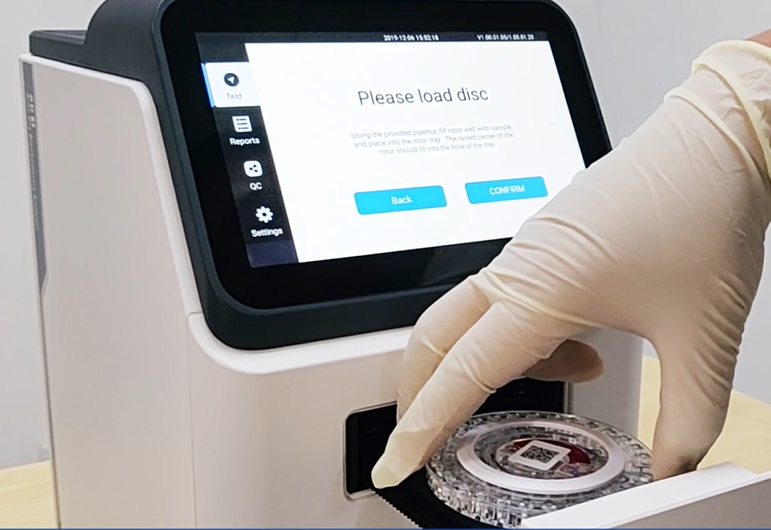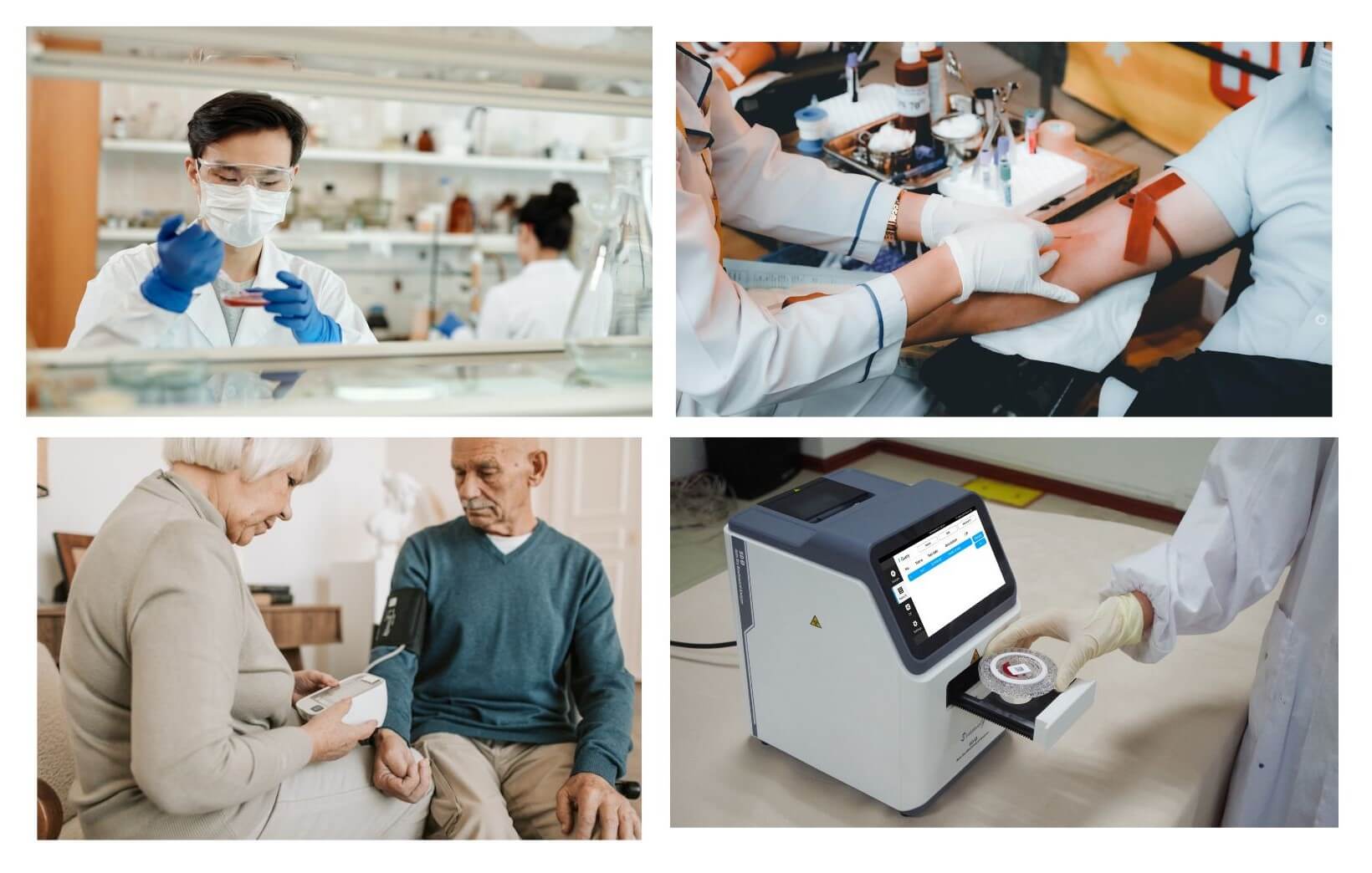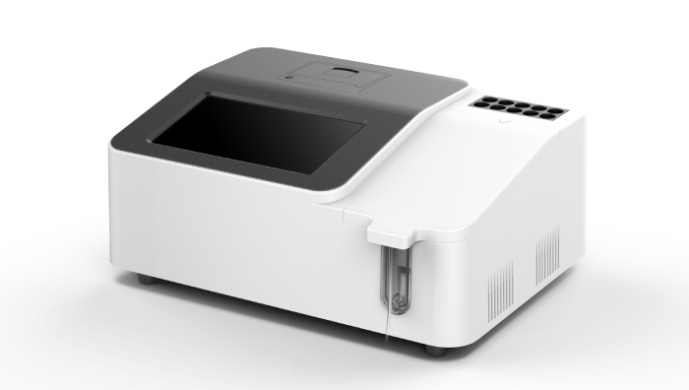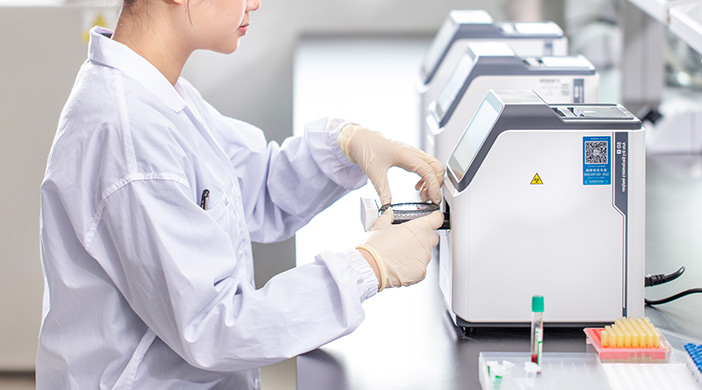release time:2021-10-14 17:19:45
With a fully automatic biochemical analyzer, the entire process from sample addition to result is done automatically by the instrument. The operator only needs to put the sample on the specific position of the analyzer and select the program to start the instrument to take the test report. Since there are no manual steps in the analysis, there is little subjective error, and because fully automatic biochemical analyzers generally have automatic reporting of abnormalities and automatic correction of their own work status, the system error is also small, bringing great convenience to the user.


2023-07-12
Learn about private, hospital, point-of-care, and home medical laboratory testing. Understand their functions, benefits, and contributions to accurate diagnostics and patient care.

2022-03-22
A semi-automatic biochemistry analyser is more cumbersome than a fully automatic one. But one wonders why they don't use microplate readers for biochemistry tests.

2022-03-14
Biochemical analysis of the body fluid samples forms the basis of medical diagnosis and plays a crucial role in treating various health ailments. Automated biochemical analyzers analyze body fluid samples and evaluate the concentration of biochemical markers,